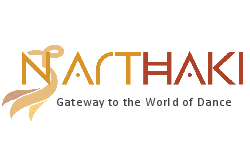
|   |

|   |
Seminar on Odissi at the Crossroads - Past and Present - Vijay Shanker e-mail: vijaydance@gmail.com Photos: Krishnan Chakraborty April 6, 2025 New Delhi's premier Odissi dance institution, Utsav Educational and Cultural Society, Ranjana Odissi Dance Academy, celebrated 38 years of its existence with the seminar 'Odissi at the Crossroads, transition from past to present,' featuring top Odissi dancers like Sharon Lowen, Madhavi Mudgal, Jyoti Shrivastava and Kavita Dwibedi. The opening speech was delivered by Dr Sonal Mansingh along with the founder director of Utsav Educational Centre, Ranjana Gauhar on 16th March at CD Deshmukh auditorium, India International Centre in New Delhi in the morning, followed by the speech of all the participants. In her inaugural address, Dr Sonal Mansingh said that the seminar should have been named "Odissi on the Run" as the popularity of this distinct lyrical classical dance style of Orissa is constantly enhancing with more dancers and students presenting varied facets of the dance style. Earlier, the repertoire was very limited with only three to four items but with the advent of performers like Dr Priyambada Mohanty (Hejmadi) and with the inception of Jayantika, the repertoire was codified and structured with the inclusion of more items and compositions". As the popularity of Odissi gathered momentum, it was realized that it was necessary to form an association for giving a more structured and systematic shape to Odissi, which saw Jayantika being constituted in 1957. However, the association got active only two years later, after Mayadhar Raut returned from Kalakshetra in Chennai. The deliberations at the Jayantika meetings were significant and eventually helped give proper direction which got Odissi a classical status by re-codifying and restructuring of this art form and its repertoire. The founding members of Jayantika were Gurus Pankaj Charan Das, Deba Prasad Das, Kelucharan Mohapatra and Mayadhar Raut. They were also acknowledged as pioneer mentors responsible for the growth of professional dancers like Indrani Rehman, Sanjukta Panigrahi, Sonal Mansingh and several others that eventually placed Odissi on the international map. Raghunath Dutta and Dayanidhi Das later joined Jayantika. Together they drew up a manifesto with their decision and resolution, signed by all of them. Once the system of codification of the technique of Odissi and the structured format of its repertoire had been drafted in which Mayadhar Raut played a prominent role, they all heaved a sigh of relief with some sense of achievement of satisfaction. They had set the platform for Odissi to emerge as one of the most attractive and sublime dances of India, and Odisha as its land of origin of offering its richness of cultural creativity for the world to dazzle in its aesthetics. 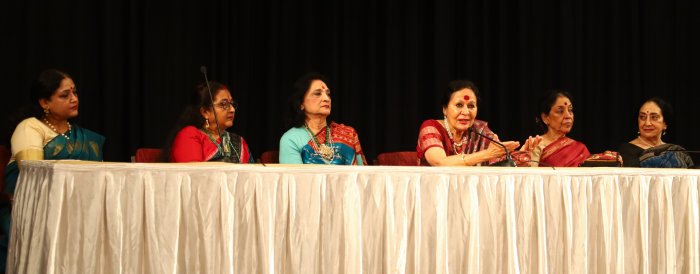 Panel Pertaining to choreography, Odissi exponent Madhavi Mudgal spoke regarding the balance between tradition and experimentation in new productions. She emphasized the point that in order to experiment and innovate, it's not necessary to take any needless leap or jumps, as it is necessary to work with the technical framework of the Odissi style, and it is important to maintain the lyrical and aesthetic quality of Odissi in every movement of the performance. Regarding sahitya (literature), veteran dancer Sharon Lowen analysed the role of poetry, language and literary sources in shaping Odissi's narrative and expression. Hailing from a completely different cultural background, it was not easy for her to understand the language, but consistency and persistent efforts paid off, she said. "I could not learn to talk Odiya language but understood the literature, the sensitivity and sensuousness of the graceful Odissi dance and I was happy to receive the Pravasi award". Jyoti Shrivastava spoke on the role of music, exploring the changing dynamics of Odissi's musical tradition, innovations in compositions and the role of live vs recorded music. Jyoti said it was necessary for every Odissi dancer to learn music and how every note of music can be transformed into dance, particularly in items like the Pallavi that forms a fine synthesis of music, melody and rhythm. Odissi dancer Kavita Dwibedi spoke about technique, discussing evolving training methodologies and their impact on performance and endurance. Kavita said she would watch her father, how he would describe every movement in the written format and then try to execute it. Kavita further stated that these days, artistes were interested in dancing fast movements without realising that it is in slow movements that the movements are completely executed in a meticulous manner, maintaining the beauty of the dance. The seminar concluded with a question and answer session regarding the varied aspects of Odissi. 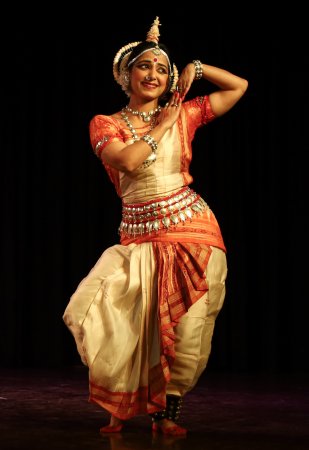 Swati Sharma  Urjaswi Dutta 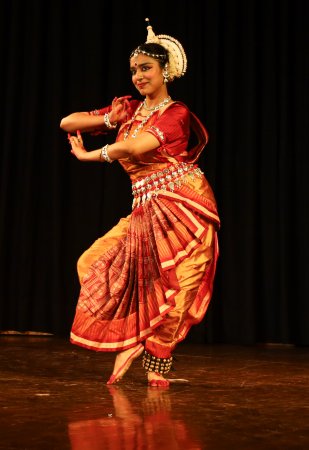 Shambhavi Gupta 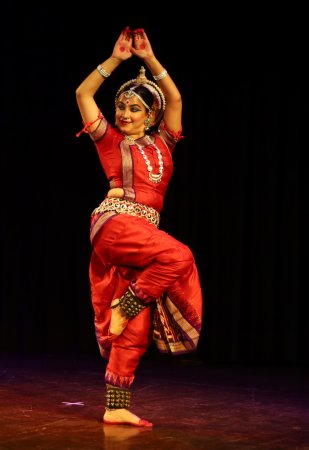 Archisha Arya 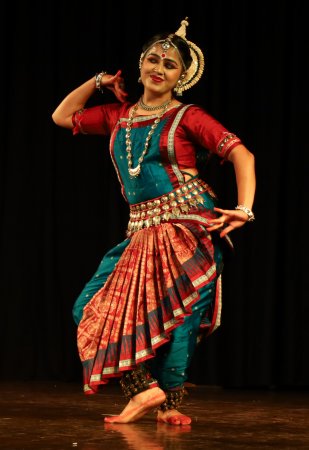 Lavanya Chugh After the seminar, Nritya Moha, solo performances by the disciples of Guru Ranjana Gauhar to celebrate Guru Shishya Parampara, the sacred bond between the teacher and the disciples was rendered. The senior disciples who performed quite well were Swati Sharma, Urjaswi Dutta, Shambhavi Gupta, Archisha Arya and Lavanya Chugh. The programme was supported by the Ministry of Culture, Government of India. Lastly, Ranjana Gauhar stated, "Being a senior mentor and performer, it's essential to understand and appreciate what Odissi dancers are trying to do, hence this is a unique occasion for me to interact with everyone. We grow, learn and respect each other as we practise and perform Odissi, enhancing the beauty of this lyrical dance while establishing India's rich cultural heritage on the global platform". CLASSICAL DANCE FOR THE UNDERPRIVELEGED Art for All - embracing inclusivity through dance. At the heart of the Sarfojiraje Bhosle Centre in Dadar, lies a profound commitment of preserving, promoting and propagating Indian dance. Founder director Dr Sandhya Purecha firmly believes in breaking the barriers of elitism often associated with the classical arts, ensuring that dance is accessible to all, especially those from the underprivileged class. In pursuit of this vision, free dance education is being provided to students from BMC schools, nurturing young talent, fostering love for the classical arts and providing students with the confidence and discipline that learning an form entails. 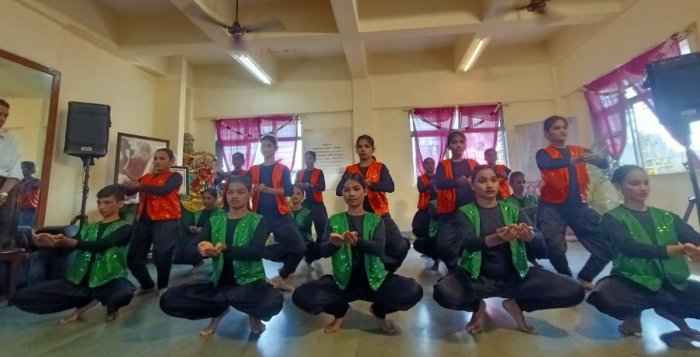 Municipal school children learning Bharatanatyam As part of the NCPA's Nritya Parichay, part of the CSR initiative, Kala Avishkar programme was recently held at Pragati Vidyalaya at the venue of Bharata College of Art and Culture, where children presented various dances with lot of enthusiasm and sincerity, under the mentorship of Dr Sandhya Purecha, Dr Lata Surendra, and Guru Purbita Mukherjee. Schools spearheaded by Sarfojiraje Bhosle Centre (instructor Chitra, Krupali and Shalaka) were Dossibhai Jeejeebhoy High School, Jogeshwari, Nivara Vidyalaya, Goregaon, Datta Samant Madhyamik Vidyalaya, Kanjurmarg and Mumbai Public School, Dadar. School spearheaded by Dr Lata Surendra was Shantabai Madhabai Patel Madhyamik Vidyalaya, Kanjurmarg. School spearheaded by Guru Purbita Mukherjee was Chhatrapati Shivaji Vidyalaya. Dr Sandhya Purecha who is also the chairperson of the Sangeet Natak Akademi graced the occasion with her presence and encouraged all the children who performed. 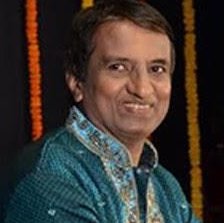 Vijay Shankar is a Kuchipudi and Kathakali exponent, teacher, bilingual journalist, arts critic and actor. |